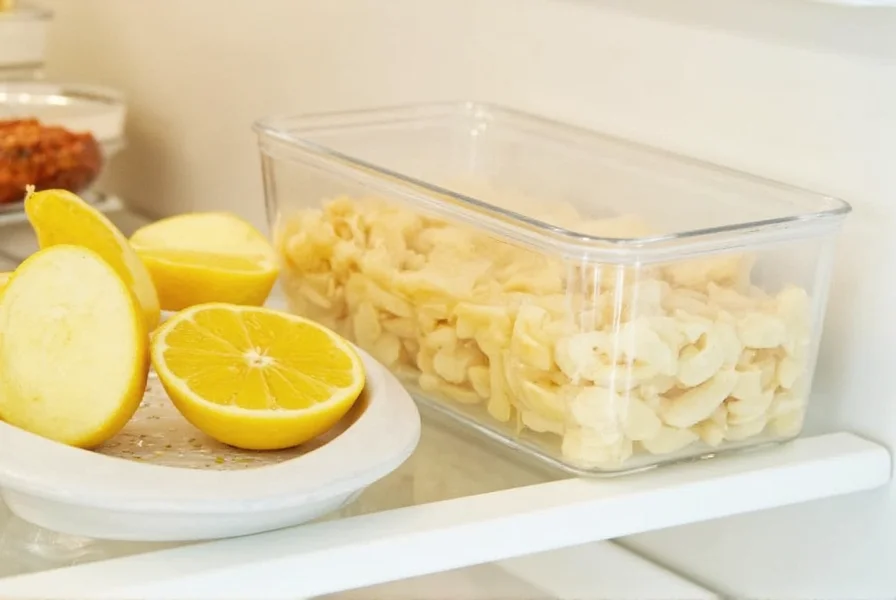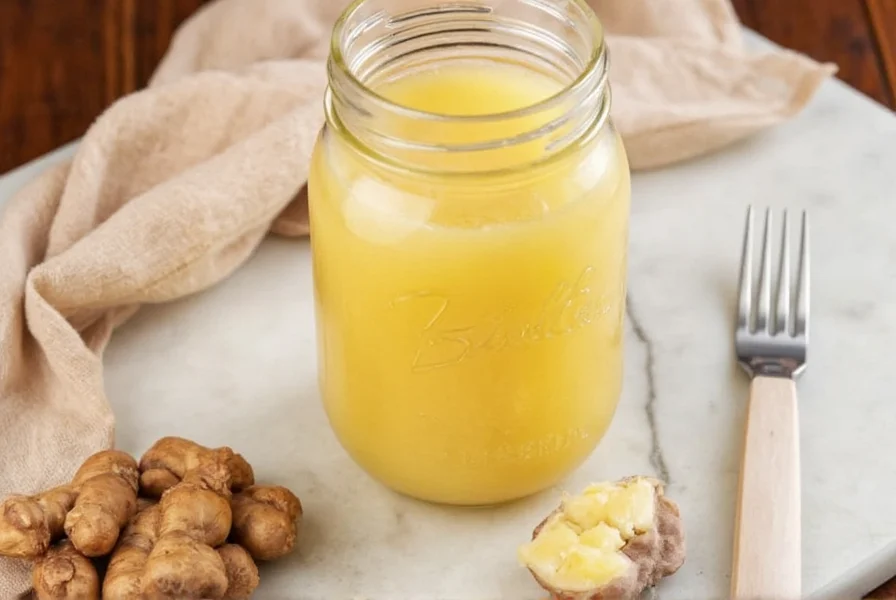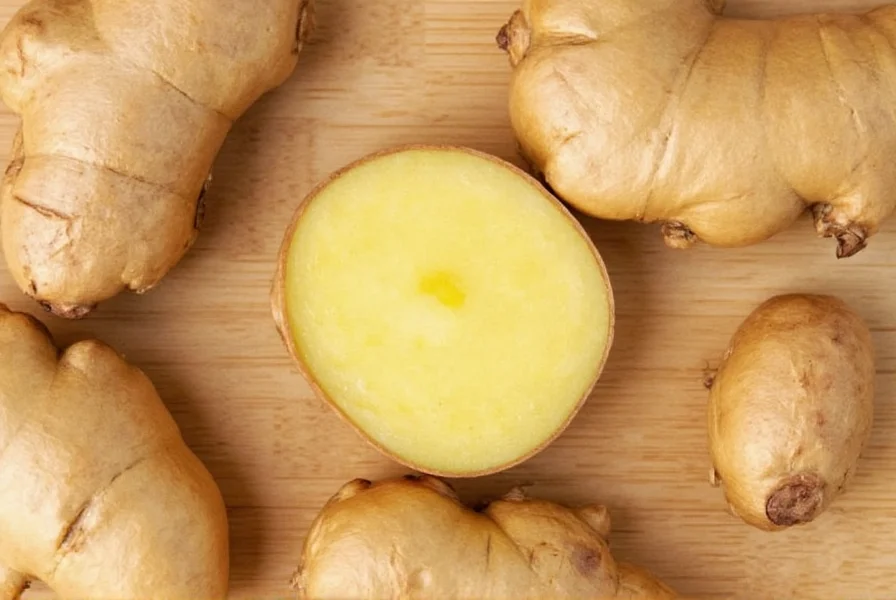Understanding how long does ginger last in the fridge is essential for reducing food waste and ensuring you always have this versatile ingredient ready for cooking. Whether you're meal prepping, following a new recipe, or simply trying to maximize your grocery budget, proper ginger storage knowledge makes a significant difference.
Factors Affecting Ginger's Refrigerator Shelf Life
The duration ginger remains fresh in your refrigerator isn't fixed—it varies based on several key factors. Recognizing these elements helps you optimize storage conditions for maximum freshness.
Initial Freshness at Purchase
Ginger that's already beginning to soften or develop mold at the store will have a significantly shorter refrigerator lifespan. When selecting ginger, look for firm roots with smooth, taut skin and no visible soft spots or wrinkles. The fresher your ginger is when you bring it home, the longer it will last in your refrigerator.
Storage Method Matters Most
How you store ginger in the refrigerator dramatically impacts its longevity. Many people make the mistake of leaving ginger loose in the crisper drawer, which exposes it to moisture fluctuations and ethylene gas from other produce.
| Storage Method | Average Shelf Life | Quality Preservation |
|---|---|---|
| Unwrapped in crisper drawer | 7-10 days | Poor (rapid moisture loss) |
| Plastic bag with air | 10-14 days | Fair (condensation issues) |
| Paper towel + airtight container | 3-4 weeks | Excellent (moisture control) |
| Vacuum sealed | 4-6 weeks | Superior (oxygen elimination) |
Optimal Ginger Storage Techniques
To achieve the maximum ginger shelf life in refrigerator conditions, follow these professional storage methods:
The Paper Towel Method (Most Effective)
This simple technique consistently delivers the longest freshness:
- Gently wash and thoroughly dry the ginger root
- Wrap it in a clean, dry paper towel to absorb excess moisture
- Place the wrapped ginger in an airtight container or resealable bag
- Store in the main compartment of your refrigerator (not the crisper drawer)
- Replace the paper towel if it becomes damp
Why This Method Works
Ginger naturally contains high moisture content. When stored directly in plastic, this moisture creates a humid environment that accelerates mold growth. The paper towel absorbs excess moisture while the airtight container prevents the ginger from drying out completely—a perfect balance for extended freshness.

Signs Your Ginger Has Gone Bad
Knowing when to throw out ginger prevents foodborne illness and ensures your dishes maintain their intended flavor profile. Watch for these clear indicators:
- Texture changes: Soft, mushy spots or overall sponginess (fresh ginger should be firm)
- Visual deterioration: Dark mold growth (white, green, or black), significant wrinkling, or shriveling
- Odor changes: Sour, musty, or unpleasant smell (fresh ginger has a clean, spicy aroma)
- Color shifts: Grayish discoloration beneath the skin or throughout the root
If you notice only minor surface mold on otherwise firm ginger, you can carefully cut away at least 1 inch around the affected area and use the remaining portion immediately. However, if mold has penetrated deeper or the ginger feels soft throughout, discard it completely.
Alternative Storage Methods Compared
While refrigeration is ideal for short-to-medium term storage, other methods serve different needs:
Room Temperature Storage
Storing ginger at room temperature works for immediate use (3-7 days), but the warm environment accelerates moisture loss and sprouting. This method suits situations where you'll use the ginger within a week, but it's not recommended for how to keep ginger fresh longer.
Freezing Ginger
For long-term storage (up to 6 months), freezing is excellent. Peel and cut ginger into 1-inch pieces, then freeze on a baking sheet before transferring to freezer bags. Frozen ginger can be grated directly into dishes without thawing—a chef's secret for convenient cooking.

Pickling Ginger
Pickling extends ginger's life to 3-6 months in the refrigerator while adding culinary versatility. This method transforms ginger into a flavorful condiment suitable for sushi, salads, and Asian dishes.
Maximizing Ginger Usage Before Spoilage
When you have ginger approaching the end of its prime freshness, these strategies help prevent waste:
- Grate and freeze in ice cube trays with water or oil for future cooking
- Make ginger simple syrup for cocktails and desserts
- Create ginger tea concentrate by simmering with water and honey
- Blend into smoothies where slight texture changes are less noticeable
- Prepare stir-fry sauce or marinades for immediate use
Special Considerations for Different Ginger Types
While this guide focuses on common yellow ginger (Zingiber officinale), other varieties have slightly different storage requirements:
- Young ginger: Has thinner skin and higher moisture content—use within 2 weeks even with optimal storage
- Black ginger: More fibrous and dense—can last up to 5 weeks refrigerated
- Preserved ginger: Already processed—follow package instructions (typically 6-12 months)











 浙公网安备
33010002000092号
浙公网安备
33010002000092号 浙B2-20120091-4
浙B2-20120091-4